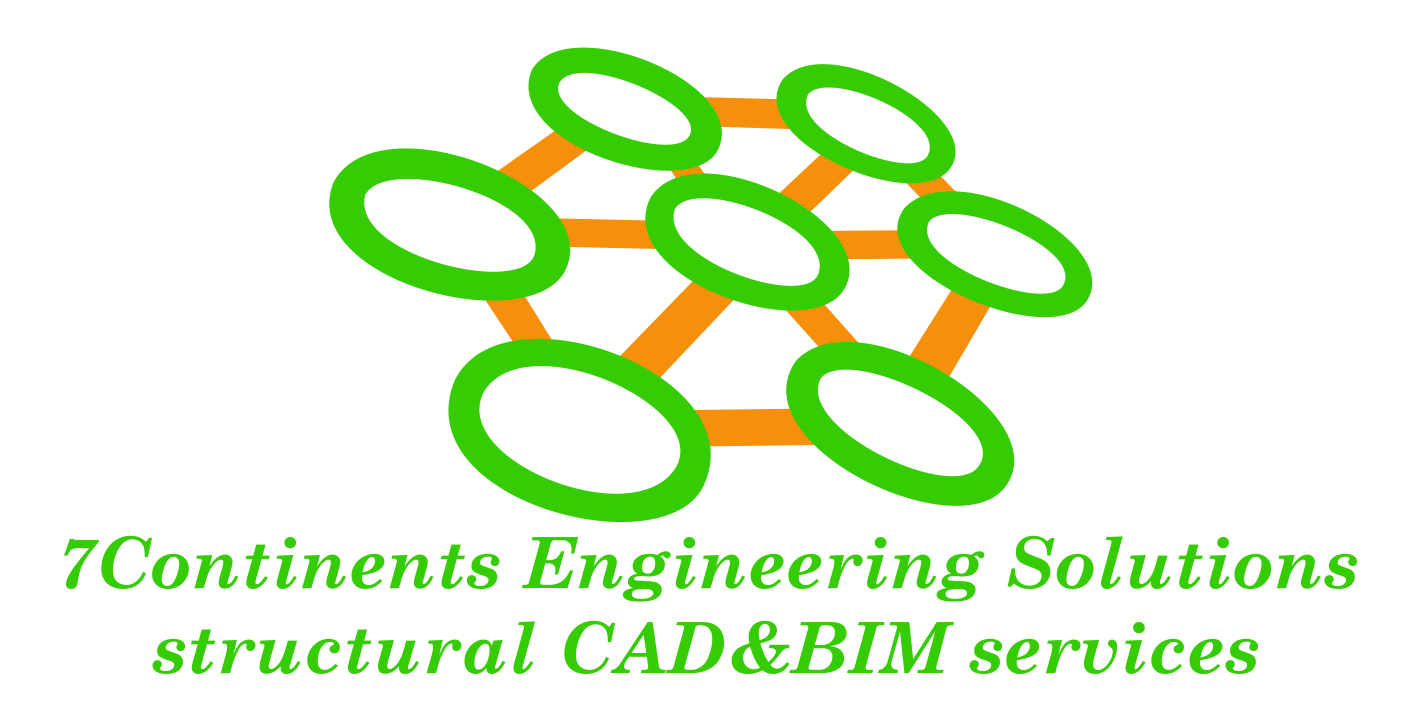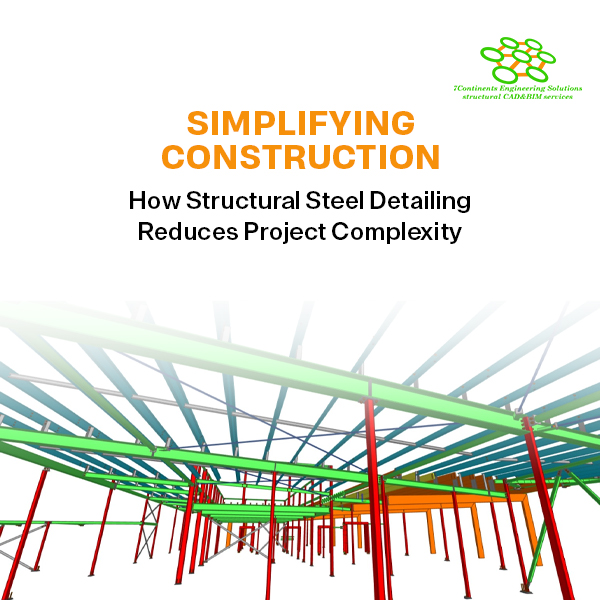Construction projects have long been known for their intricacy and challenges. Various elements can influence the success and efficiency of a building project, from planning to implementation. The importance of structural steel details in streamlining construction projects cannot be overstated. In this article, we will delve into the world of structural steel detailing and see how it can help to minimize project complexity significantly.
What is Structural Steel Detailing?
Before we go into the benefits of structural steel detailing, let’s first define it. Structural steel detailing is a rigorous procedure that entails developing comprehensive drawings and plans for the fabrication and erection of steel structures within a construction project. These structures might range from buildings and bridges to industrial complexes.
The primary goal of structural steel detailing is to offer steel fabricators and erectors accurate and thorough information. This data comprises accurate measurements, material specifications, connection details, and other information. It essentially acts as a blueprint for the steel elements of a building or structure.
Precision in planning
The precision that structural steel detailing delivers to the planning phase of a construction project is one of its most significant advantages. Architects and engineers may make educated decisions about the design and arrangement of steel components with precise drawings and specifications. This level of precision means that every piece of steel fits properly, limiting the possibility of errors during production.
Streamlining Fabrication
Efficiency is essential in construction, and structural steel detailing contributes greatly to the simplified fabrication process. Fabricators are given detailed instructions on how to cut, shape, and assemble steel components, removing the need for guesswork. This leads to shorter manufacturing times, less material waste, and, eventually, cost savings.
Enhancing Safety
Construction safety is a key priority, and structural steel detailing plays an important part in enhancing it. Structural steel detailers create thorough blueprints that include information on load-bearing capacities, structural integrity, and safety precautions. This ensures that construction employees complete their responsibilities in a safe and risk-free manner.
Minimizing Rework
Rework can be a costly and time-consuming aspect of construction. Structural steel detailing reduces the requirement for rework by ensuring that steel components fit precisely the first time. This not only saves money but also shortens project schedules, allowing for faster project completion.
Cost-effectiveness
Construction projects are sometimes hampered by tight budgets. Structural steel detailing aids in cost management by maximizing material utilization and decreasing labor costs associated with rework or changes. This cost savings is a huge benefit to both contractors and project owners.
Green Construction
Green construction approaches are becoming more popular in today’s ecologically conscious world. Structural steel detailing contributes to green construction by eliminating material waste and lowering a project’s carbon footprint. Precision in planning and manufacturing results in more energy-efficient buildings.
Meeting Regulatory Standards
Compliance with regulatory norms and building rules is non-negotiable in the construction industry. Structural steel detailing ensures that all steel components meet these requirements, reducing the risk of legal difficulties and project delays.
Improved Project Coordination
Multiple teams and parties are involved in large construction projects. Structural steel detailing provides a common reference point for all stakeholders involved, which improves project coordination. This results in more effective communication, fewer disagreements, and a more harmonious workplace.
Competitive Advantage
In a competitive construction industry, having an edge can make all the difference. Projects that use structural steel details are typically finished faster, more efficiently, and with fewer difficulties. This can lead to an excellent reputation and increased opportunities for future projects.
Conclusion
In conclusion, 7CES, which stands for Comprehensive Construction Coordination and Efficiency System, is a transformative force in the construction industry. It streamlines fabrication processes, ensures safety requirements, reduces the need for rework, and promotes cost efficiency, which simplifies projects. Furthermore, it is consistent with environmentally friendly construction processes, ensures adherence to severe laws, improves project coordination, and provides a particular competitive advantage.
When it comes to building simplification, 7CES is an indispensable tool. Its remarkable capacity to reduce complexity while improving overall project results makes it a vital asset for any construction project. As the construction industry evolves, embracing technology and processes such as structural steel detailing will be critical for remaining ahead of the curve.

